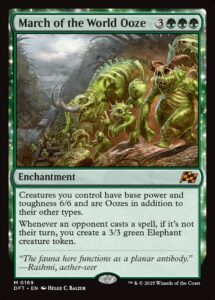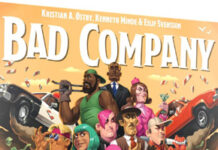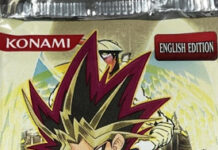By now, we all know well that Aetherdrift is an event set, in the vein of March of the Machine. And if you’ve been reading for long enough, you’ll remember that I kind of panned March of the Machine. It was too crowded, too rushed, and too shallow. Judging by Aetherdrift, Magic has a problem with these kinds of sets, and it is going to need to solve it – especially since the various wikis promise that another event set is coming next year, sometime after the Lorwyn and Strixhaven sets.
Aetherdrift was intended to focus on the Ghirapur Grand Prix, which now takes place across three planes – Avishkar (formerly known as Kaladesh), Muraganda, and Amonkhet. You’ll notice that right off the bat, it commits one of the same mistakes that March of the Machine does: it has multiple potentially complex events and/or places and jams them into a single set. And at the risk of sounding like a broken record, this is not the era of Magic where you want to be cramming. Sets are small – Aetherdrift has 271 cards in its main set (not counting basic lands), which is closer to the size of a second or third set in the old block structure. Space in text boxes has never been tighter – the set is packed with incredibly wordy cards, in terms of game text, reminder text, and sometimes both. Magic has plenty of cards whose rules text tells a story, as proven as far back as Alpha’s Sea Serpent and as recently as Modern Horizons’ Feaster of Fools. It is hard for any card to tell a story, and for us to piece it together, when all of your attention and reading comprehension is devoted to “what the heck does this card actually do?”
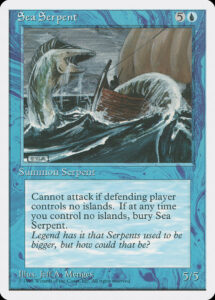
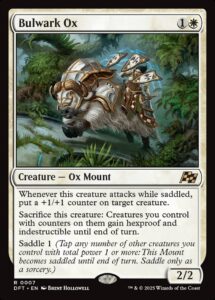
Note that there can be a difference between wordy cards and incomprehensible cards. Some cards have a lot of text because they have an ability that needs to be explained outright for rules considerations, or because they form part of a self-contained or expansive engine. Others have a lot of text, but lack a gameplay or narrative payoff. This is particularly the issue in a set like Aetherdrift that uses superficially similar abilities like Mounts and Vehicles. They operate similarly in a mechanical sense, but have enough differences that playing with one doesn’t automatically help you play with the other. And since this is the gameplay-free review, I will emphasize that neither one is developed enough in the set to help with individual-card storytelling like the cards I alluded to above.
It’s not just individual cards and flavor text that lack space in Aetherdrift. In a set about a Grand Prix, you need teams. Wizards of the Coast included ten of them, one for each color pair. This decision is absolutely baffling in light of the lessons they supposedly learned from past Ravnica blocks. Guilds of Ravnica deals with only five of the guilds, in a set of 251 draftable cards. Tarkir only ever had five great clans, and Dragonstorm has 271 cards. Similarly, the Strixhaven university has only five houses, and we first met them in a set with 275 cards available in boosters. I am at a loss to understand how anybody inside Wizards of the Coast thought they had enough space to develop ten teams in a set the size of Aetherdrift. They may never have intended to dive deep – after all, some of them can be summarized in one sentence, like “the one with the robots” and “the anthropomorphic fish pirates”. That doesn’t make it better. If ten one-liner teams have passing visual interest in a medium-sized set, then five deeper teams could well have lasting interest, and perhaps provide future story or flavor opportunities on top of that. And not all of the teams even have the same degree of passing visual interest, because there are not enough cards for them to shine. Some of them even fade into the background and become indistinct, which is not what you want for either a gameplay mechanic or a flavor element. (Example: one of the teams is from Kylem, the setting for Battlebond. Can you name that team without consulting a wiki?)
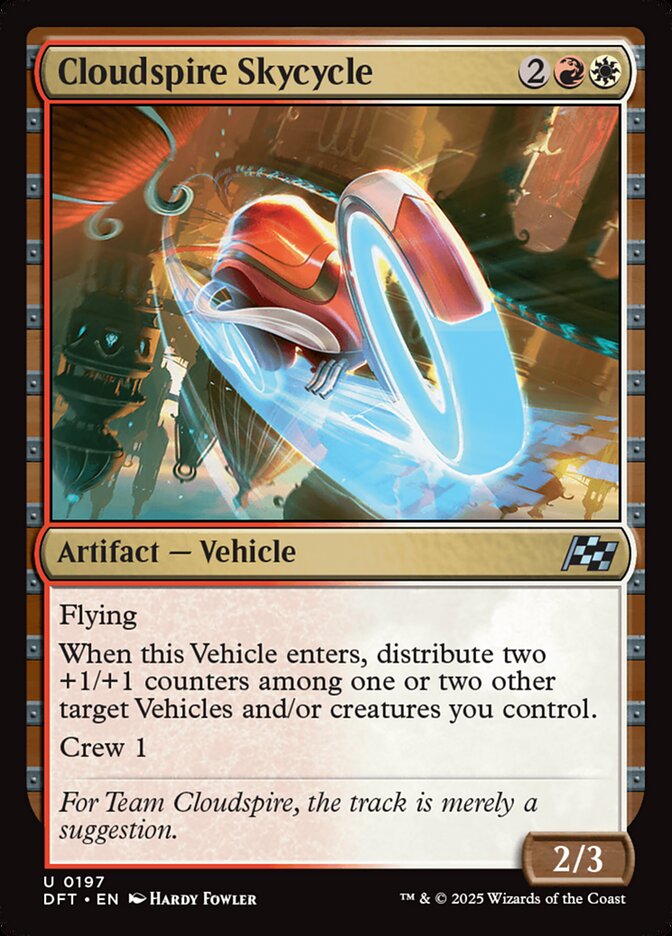
Following the Grand Prix and learning the associated planar lore are equally frustrating. All three worlds clearly have enough depth for an entire set, and their presentation in Aetherdrift is a massive letdown. My favorite of them is Muraganda, and not just because I feel vindicated after almost two decades of arguments about how it would have to be a vanilla-creature world and how that’s supposedly impossible. It does have vanilla creatures, calling back to Future Sight‘s Muraganda Petroglyphs, but it’s so much more than that. It has a unique tone that draws on Conan, Nehwon, and Arthur Conan Doyle’s The Lost World, giving its cards an low-fantasy feeling that is underexplored in Magic. The story article that took place in Muraganda was enticing for its depiction of a personal quest that turned out to be linked to the Grand Prix story, yet also hinted at the greater mysteries of a large, complex world. Muraganda has way too much potential to be a plane that has only been visited in event sets, especially since there is no predicting their schedule of when and how they will do future sets with pre-existing planes.
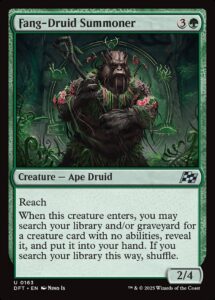
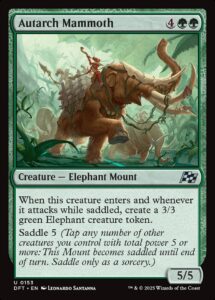
But the fact is, all three planes have story hooks that are simply begging to be explored. Avishkar’s social and political conflicts are clearly far from over, and while stories about rebels who find that using power is more difficult than seizing power are hardly novel, they can still be compelling. This is also a type of story that other genre fantasy has used to good effect, exploring how the fantastical elements affect the very human problems of negotiating power relationships. Magic has not had a set like that since the Conspiracy products. Meanwhile, Amonkhet is a reviving world with actual factual new gods. Ketramose and Sab-Sunen are animal-headed giant humanoids in a similar vein to the gods from the Amonkhet set, but the writers went to slightly unexpected places for their inspiration. Sab-Sunen seems to be based on some of the less famous Egyptian gods like Heqet (a frog-headed fertility goddess), Kek (a frog-headed primordial god of darkness), and Hapi (the god who presides over the Nile’s flooding). Ketramose describes himself as Oketra’s son and his lion motif is consistent with that and with Egyptian mythography, but his name and his origin among the Luxa’s reeds recall the Biblical book of Exodus, and its imagery of passing through darkness and travail to a new home. These gods, along with the adversarial Chitin Court, suggest a picture of resurgent life on a world wracked by apocalypses (plural), and Amonkhet turning out not to be a dead plane is the kind of retcon I can get behind. All these stories deserve much more than to be crammed into a set where you can barely even keep track of which card is which.
Everything I’ve written might sound harsh. It is probably true that there has not been enough time for them to fully implement the lessons from March of the Machine, as I called for them to do in my article about that. Even if we take the most charitable interpretation, though, the situation with Aetherdrift‘s non-gameplay elements is sad. The set will be remembered for wasted potential and fading into the background, like a pit stop in the middle of a race where we were already hopelessly behind. The Grand Prix is not sufficiently interesting in comparison with the settings, but there is also not enough space for the settings to be explored. The next event set has an awful lot riding on it – if they can’t figure these things out before then, it might be time to move away from the concept of event sets entirely.
